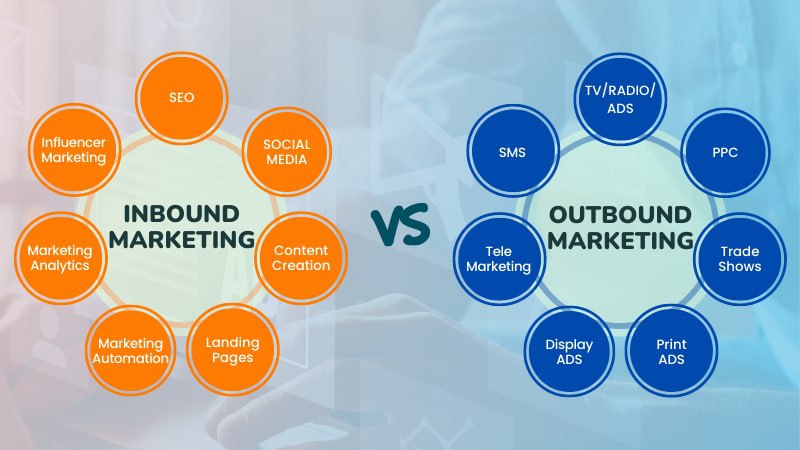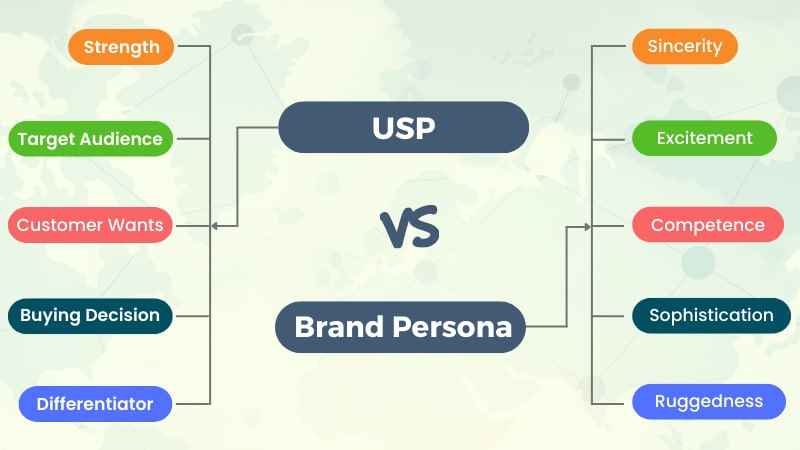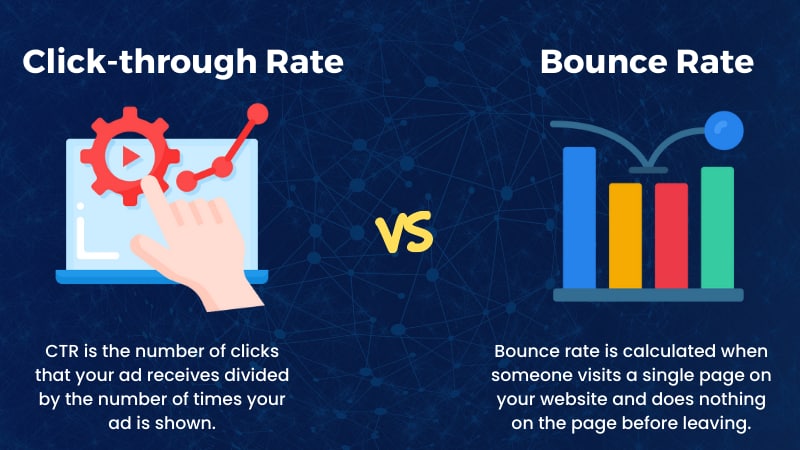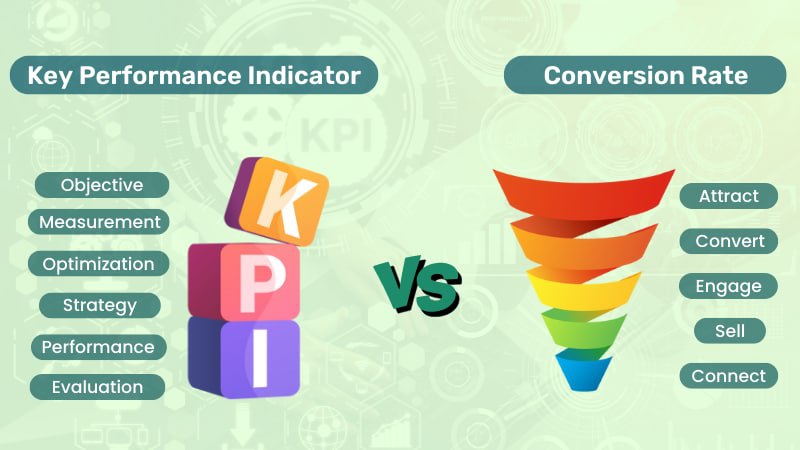
The marketing tactics of inbound as well as outbound marketing are to address leading companies in multiple aspects, yet both may result in significant profitability for any company.
While outlining prospective projects, businesses might adopt these approaches. These two essential strategies can assist firms in narrowing the focus as each has its unique characteristics, perks, and limitations.
>> Check out the Comparison Table
What is Inbound Marketing?
This marketing method is an unobtrusive style that uses appropriate, qualitative material to assist individuals in resolving an issue or finding a good choice. It draws potential parties with the use of terms as well as subsequently converts them into clients by guiding them through the purchase process. It works because consumers actively search for the information.
Benefits and Downsides of Inbound Marketing
There are several positive aspects to using inbound marketing. Initiate by broadening companies' concepts with the following benefits:
- It aims at giving pertinent data to certain populations based on their desires and requirements.
- The techniques used appear unobtrusive to several clients because they depend on fresh prospects arriving at a business
- It raises brand recognition and develops reputation with people by supplying them with informative and great materials.
Downsides
There are certain drawbacks to inbound marketing initiatives to think about:
- The intended demographic may never think obligated to respond to any of those marketing offerings.
- It is difficult to physically look into individual clients.
- It is time-consuming since it depends on an extensive, organic reach procedure.
What is Outbound Marketing?
This marketing technique consists of any form in which a corporation begins the discussion and distributes the information to a large community. Outbound marketing, sometimes defined as "interruption" marketing, involves methods to achieve a substantial segment population to attain a sale. This is a one-sided contact point that puts an emphasis on the item and also on the buying reason.
Benefits and Downsides of Outbound Marketing
The outbound marketing strategy has several advantages. The following benefits can be taken into account:
- Prospective clients can see a company is attempting to sell them a product or service which they can find beneficial straightaway
- Audiences understand the objective of promotional material and involvement from the beginning
- Rather than meticulously creating customer profiles and focusing on certain populations, it attempts to connect with as many people as possible
Downsides
- It is more difficult to achieve marketing measures to evaluate performance
- It is challenging to create outbound strategies that are engaging and meaningful to all. Prospective buyers may not appreciate the straight promotional activities, which may also lead to a waste of money and enthusiasm
- It is hard to measure the financial gain or the ROI
- Contacts can be easily blocked or marked as spam. Some individuals turn off the television, change the channel during advertisements or instantly discard or trash their trash emails
Differences Between Inbound Marketing & Outbound Marketing
- Timetable and Outcomes: The Inbound one is a lengthy group activity in which each player offers things that should ideally function, although it can take approximately a year or less to get started. On the other hand, the Outbound strategies are implemented within 14 days once deals are done, and foremost outcomes are achieved quickly.
- Client : Inbound marketing refers to those activities that are planned in such a way that consumers approach the business. On the other one, consumers are searched for.
- Information Transmission System: Inbound one involves ongoing and recurrent message sharing. In contrast to the outbound process, the system is irregular as well as changeable.
- Achievement of Goals: Outbound marketing allows businesses to attain their objectives more effortlessly and quickly than inbound ones. The latter is beneficial for the future, however, if a company or business wants to build a client base quickly, the former is the accurate method.
Practical Example
Example 1
Roy runs an online business and she has her own Facebook page and website and group for the business. Her targeted audiences are working women and housewives.
She hires influencers to promote her products and regularly posts on her Facebook page and group. Watching those, Mrs. Allen purchases the products online by ordering them through messaging on the page. That is how inbound marketing works.
Example 2
One day, while traveling down the street, a person saw a billboard promoting a new model smartphone with the company name. They may have a random thought that they can purchase a new smartphone, however, they put it aside.
They saw an advertisement for the same brand and business after a few weeks while watching the daily news. They consider purchasing a cell phone once more but abandon their plans as the broadcast resumes.
After a few months, they come across a discount voucher for that brand in the local paper. They had recently gotten a paycheck at their jobs. Ultimately, they agreed to get the new smartphone.
They did not intend to purchase one immediately. Nonetheless, advertisements continued to appear in their daily lives, causing them to change their focus to something like this which was not on their notice earlier. Outbound marketing functions in this manner.
Example 3
Outbound callings are enlisted under outbound marketing. A salesman is contacting a large number of individuals with the hopes of finding one single potential client who is interested in the insurance programs.
However, the situation is different in the case of inbound marketing. An individual purchases life insurance after hearing from someone else and contacts the company willingly.
Inbound Marketing vs Outbound Marketing (Comparison Table)
|
Category |
Inbound Marketing |
Outbound Marketing |
|
Understanding |
Inbound marketing is a method in which companies generate different approaches or use digital media to increase brand recognition. |
Outbound marketing is a conventional means of looking for potential consumers. |
|
Base |
Inbound marketing is a customer-focused technique that is based on the client's requirements and desires in order to offer benefits. |
Outbound marketing is a corporation-focused technique that is based on the requirements of the business. |
|
Tactic |
It implements the Pull approach. |
It follows the Push approach. |
|
Measurability |
This information is measurable. |
Data is incalculable. |
|
Output |
The marketers achieve whatever they desire. |
The marketers get depending on the volume of work done in terms of selling the item or brand. |
|
Tool Names |
It has various software tools like HubSpot, Quora, SEMrush, Marketo, etc. |
There are no tools or software available to measure. |
|
Target Audiences |
It is offered to niche groups. |
It is intended to catch the interest of common people. |
|
Form of Technique |
The marketers use instructional, personalized, and beneficial message tactics. |
The marketers employ wide, forceful, as well as complex messages. |
|
Contract Point |
Two-way. |
One-way. |
|
Running Expenditure |
The implementation cost is low |
The implementation cost is comparatively high |
|
Example |
Websites, digital content, e-newsletters and e-books, SEO, social media postings, blogging, and podcasting |
Telemarketing, Television commercials, billboard, or offline advertisements |
Outbound marketing is losing ground to inbound ones. However, the expectations from both inbound and outbound are not the same. Finally, the most effective marketing approach for any company is that one that succeeds.
When developing any marketing program, keep in mind that it is not about which approach to use but more about which way to give the best results efficiently and effectively.



